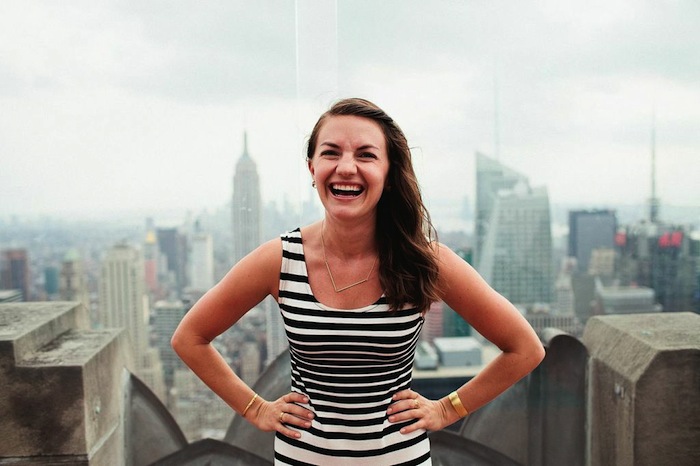Going to the hard places
When I was planning my first solo backpacking trip around Europe, I chatted with one of my uncles who had lived in Munich. He recommended an afternoon in the beer halls, a bike ride around Englischer Garten and a visit to Dachau Concentration Camp.
A concentration camp? Wasn’t that going to be super depressing, a huge damper on my trip? I was a little bit hesitant–this was supposed to be five weeks of carefree gallivanting and unlimited suntanning. But my uncle insisted it was worth it, and so I boarded the train on my second day in Munich as gray clouds gathered overhead. The bleak weather fit the mood: Dachau was hailed as the model concentration camp, a revered example of human suffering. We walked through the sprawling complex, stood in the gas chambers disguised as showers, crowded into the rooms meant to sleep 200 and instead slept thousands.
Dachau was tough, but ultimately, it was one of my best experiences in Europe. It was an eye-opening experience in the way that all travel should: it took a problem that seemed far away physically, emotionally, historically and brought me right up next to it, so close that I squirmed in discomfort. I noted in my journal that day one of my favorite quotes: All that is necessary for the triumph of evil is that good men do nothing.
Whereas the moody gray skies set the tone for Dachau, the sun blazed overhead as I visited into the War Remnants Museum in Saigon with two friends. The boys were enthralled with the fighter planes, helicopters and tanks in the courtyard; I slipped into the area meant to represent the American prisons and felt sick to my stomach looking at the cages. As I read the first words of the American Declaration of Independence on the wall, I felt ashamed of the atrocities committed in the name of freedom.
The war in Vietnam–known there as the American War–cost millions of innocent lives. Whereas the Holocaust seems firmly in the past, plenty are still suffering the aftereffects of the Vietnam War, most notably those affected by Agent Orange.
Yes, the museum is one-sided. It’s anti-American, as perhaps it should be. It highlights the peace campaigns around the world, the physical and mental disabilities of those born affected by Agent Orange, the emotional difficulties of civilian and military survivors. It can be difficult to take in, especially as an American–especially as America continues to fight overseas wars with “democracy” as a motive.
It might have been easier, more enjoyable to spend another day on the beach. But travel shouldn’t always be an escape: sometimes it should be a reminder that we’re all in this together. It’s easy to read about wars in the newspapers, to watch the coverage and then turn off the TV. It’s harder to realize that many people didn’t have that option–that many people still don’t have that option. I wondered aloud as we wandered through the rooms plastered with graphic photos of violence and death statistics: will this be Iraq in 20 years?
Going to the hard places is just that: hard. It’s not fun, it’s not the pina colada on the beach that you’re going to write home about. But if travel is about opening your eyes to the world, the hard places are where it’s impossible to close them.



























